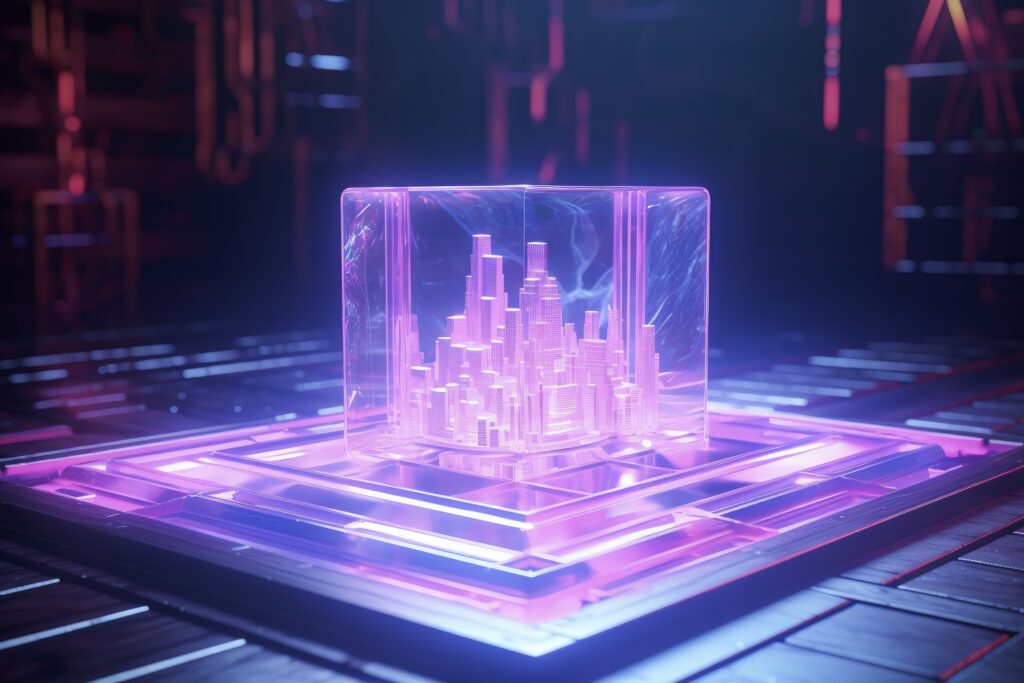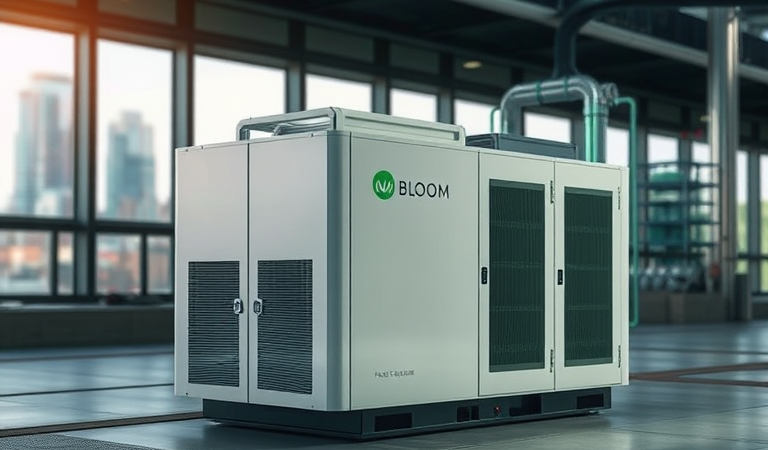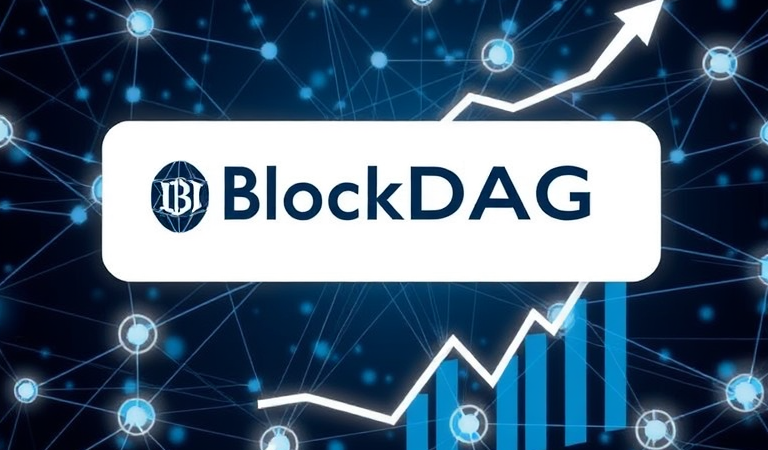Materials and Technologies in Holographic Data Storage

Holographic information stockpiling addresses a change in perspective by they way we handle computerized data, moving past ordinary strategies to use the standards of holography for unmatched information limit and recovery speeds. At the core of this innovation lies a complex transaction of materials and advances, each adding to the acknowledgment of an information stockpiling arrangement that could rethink the restrictions of data stockpiling and access.

Center Standards of Holographic Stockpiling:
Holographic information stockpiling uses the impedance of light waves to record and recover information. Dissimilar to customary capacity strategies that encode information in a direct or planar style, holographic capacity utilizes a three-layered approach. By recording impedance designs between a reference bar and an information bar in a photosensitive medium, information is encoded all through the whole volume of the medium as opposed to on its surface. This volumetric methodology empowers a higher information thickness and more effective stockpiling.
Materials Utilized in Holographic Capacity:
The viability of holographic stockpiling is significantly affected by the selection of materials utilized in recording and understanding information. These materials are fundamentally classified into photorefractive gems, photopolymers, and photothermoplastic materials.
Photorefractive Precious stones: These are materials that show an adjustment of their refractive record when presented to a light field. Normal models incorporate barium titanate and lithium niobate. Photorefractive gems are esteemed for their high diffraction effectiveness and quick reaction time, which are basic for recording and perusing information at high rates. The capacity of these precious stones to powerfully change their refractive properties under optical excitation considers the exact encoding of information inside the gem’s volume.
Photopolymers: Photopolymers are light-delicate materials that go through synthetic changes upon openness to light. These materials are especially appealing for holographic capacity because of their adaptability in creation and somewhat minimal expense. Models incorporate particular sorts of acrylate-based polymers. The essential benefit of photopolymers lies in their simplicity of handling and the capacity to deliver enormous region accounts. Notwithstanding, they by and large display lower goal and soundness contrasted with photorefractive precious stones.
Photothermoplastic Materials: These materials change their optical properties because of warm boosts. They are utilized less regularly however offer exceptional benefits, for example, the capacity to “eradicate” and modify information by changing the warm states of the material. This element is especially helpful in unique information stockpiling applications where data should be habitually refreshed.
Advancements in Holographic Information Stockpiling:
The advancements utilized in holographic information stockpiling frameworks are basically as different as the materials utilized. They incorporate recording and readout strategies, as well as framework engineering and combination.
Recording Strategies: Two essential recording procedures in holographic capacity are volume holography and surface holography. Volume holography, where information is recorded all through the volume of the material, offers high capacity thickness and is normally utilized with photorefractive precious stones and photopolymers. Surface holography, which includes recording on a slim layer at the outer layer of a material, is more normal in applications where materials like photothermoplastic are utilized. The two strategies depend on exact control of laser shafts and obstruction examples to guarantee precise information encoding.
Readout Methods: Information recovery in holographic capacity frameworks by and large includes remaking the recorded impedance design utilizing a reference bar. This interaction can be profoundly intricate, requiring exact arrangement and solidness of optical parts. Methods, for example, intelligible optical handling and advanced signal handling are utilized to recreate the information from the impedance designs. Progresses in versatile optics and computerized holography are working on the precision and speed of readout processes, making holographic capacity more viable for business applications.
Framework Engineering: The engineering of holographic stockpiling frameworks is intended to deal with the extraordinary necessities of holographic recording and readout. Key parts incorporate high-goal laser sources, optical modulators, bar splitters, and finders. Present day frameworks frequently integrate progressed imaging procedures and constant input systems to advance execution. The coordination of holographic stockpiling with existing advanced framework additionally includes complex information the executives and blunder rectification calculations to guarantee information trustworthiness and dependability.
Late Turns of events and Future Bearings:
Ongoing progressions in materials science and optical advances have altogether upgraded the exhibition of holographic stockpiling frameworks. New materials with further developed responsiveness and dependability, like high level photopolymers and mixture materials, are being created to address past restrictions. Developments in laser innovation and optical plan are empowering quicker recording and readout speeds, while progressions in computational techniques are upgrading information recovery exactness.
The eventual fate of holographic information stockpiling holds invigorating potential outcomes. As materials and advances keep on developing, holographic capacity frameworks might turn out to be more available and savvy, preparing for inescapable reception. Potential applications range from high-limit information filing to ongoing information handling in fields, for example, distributed computing and enormous information examination.
All in all, the materials and advancements supporting holographic information stockpiling address a juncture of optical science and material designing. The turn of events and enhancement of these parts are basic to opening the maximum capacity of holographic stockpiling. As examination and development progress, holographic information stockpiling is ready to turn into a groundbreaking innovation in the information stockpiling scene, offering extraordinary limit and execution.



